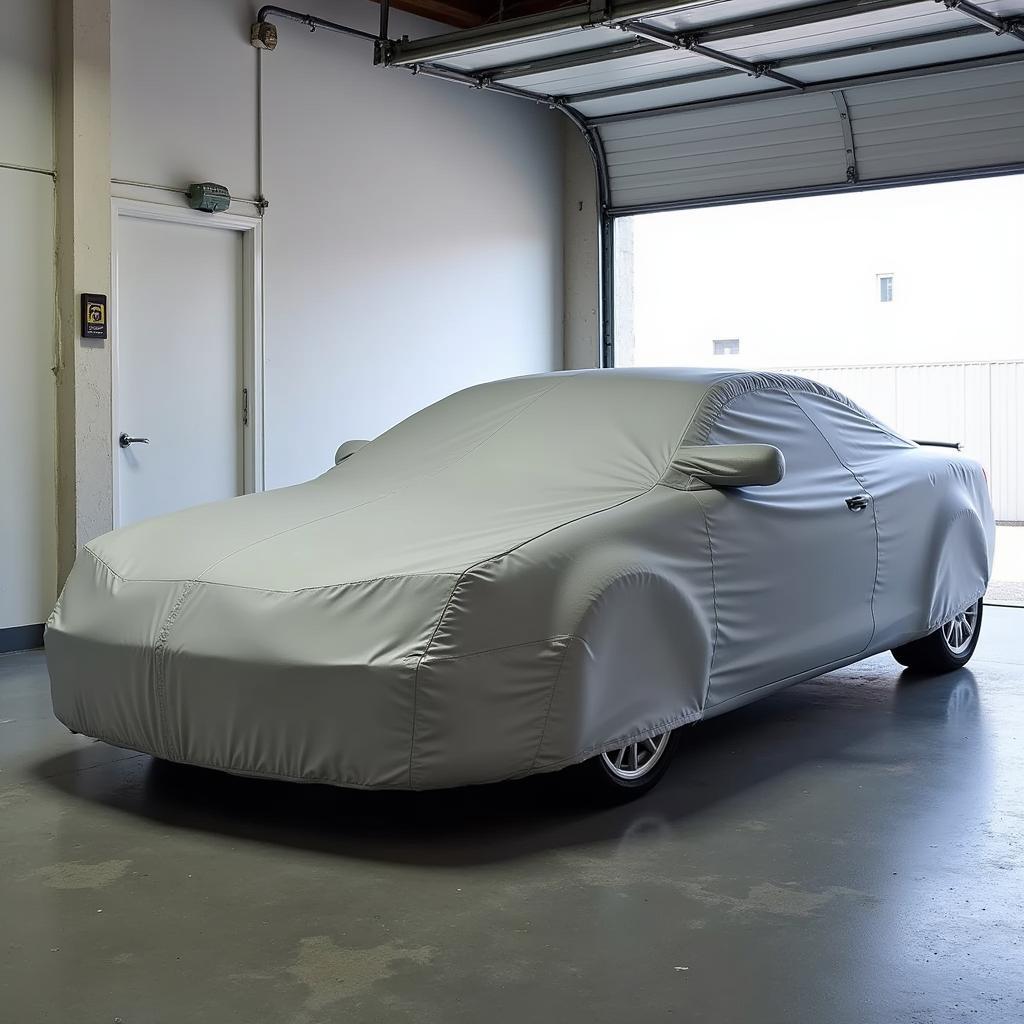Cars that sit idle for extended periods can develop a surprising number of problems. Whether it’s a classic car in storage, a seasonal vehicle, or simply a car that hasn’t seen much road time lately, inactivity can lead to issues ranging from minor annoyances to significant mechanical failures. Understanding these common problems is crucial for preserving your vehicle’s longevity and avoiding costly repairs down the line.
Why Do Cars Develop Problems When Sitting?
Simply put, lack of use can cause various components in a car to deteriorate. Fluids can settle, seals can dry out, and rubber parts can crack. Without regular operation, these issues can escalate, leading to more serious problems. For example, old fuel can gum up the fuel system, causing starting problems, while lack of lubrication can damage internal engine components. You might experience issues similar to low oil car starting problems, even if your oil level is fine.
Common Mechanical Problems with Cars That Have Been Sitting Out
Several mechanical issues can plague cars that have been sitting idle. Here’s a breakdown of the most common culprits:
- Battery Problems: A dead battery is perhaps the most common issue. Even without use, a battery slowly discharges, and if left long enough, it won’t have enough power to start the engine.
- Tire Problems: Tires can develop flat spots when a car sits for extended periods, especially in cold weather. The weight of the car compresses the tires, causing them to deform. This can lead to a bumpy ride and premature tire wear. If the tires of the car in problem 7 have been sitting, you might notice significant flat spots.
- Brake Problems: Brake rotors can rust, especially if the car is stored in a humid environment. This rust can cause a grinding noise and reduce braking performance. Brake calipers can also seize, making it difficult to move the car.
- Fuel System Problems: Old fuel can evaporate, leaving behind a sticky residue that can clog the fuel lines, fuel pump, and injectors. This can lead to starting problems and poor engine performance.
How to Prevent Problems in a Stored Car
Taking preventative measures can save you a lot of headache and expense down the line. Here’s what you can do:
- Prepare the car for storage: This includes changing the oil, topping off all fluids, and adding a fuel stabilizer.
- Disconnect the battery: This prevents the battery from draining. Alternatively, use a trickle charger to keep the battery topped off.
- Store the car properly: Ideally, store the car in a dry, climate-controlled environment. If this isn’t possible, use a car cover to protect it from the elements.
- Start the car periodically: Starting the car and letting it run for a few minutes every couple of weeks helps circulate fluids and prevents seals from drying out.
 Car covered in a garage for long-term storage
Car covered in a garage for long-term storage
What if My Car Already Has Problems?
If you’re dealing with a car that’s already developed problems from sitting, don’t despair. Many of these issues are relatively easy to fix. A jump-start can often solve a dead battery problem. Flat spots on tires may resolve themselves after driving for a while, or you might need new tires. You can find more information about car problems by year, which can be particularly helpful. For more serious issues, like fuel system problems or seized brakes, it’s best to consult a qualified mechanic. Knowing what cars are known for what problems can also be helpful in diagnosing and resolving these issues.
Conclusion
Dealing with common problems with cars that have been sitting out can be frustrating, but with the right knowledge and preventative measures, you can keep your vehicle in top condition. Remember regular maintenance is key to preventing these issues, even if the car isn’t driven regularly. If you need assistance or further guidance, feel free to contact us at AutoTipPro. Our phone number is +1 (641) 206-8880, and our office is located at 500 N St Mary’s St, San Antonio, TX 78205, United States.




Leave a Reply